Selective browsing by white-tailed deer has been blamed by many for changing the character and composition of forest understories in the eastern U.S.; however, its impact on the forest canopy was previously unknown. Now, a new study led by a…
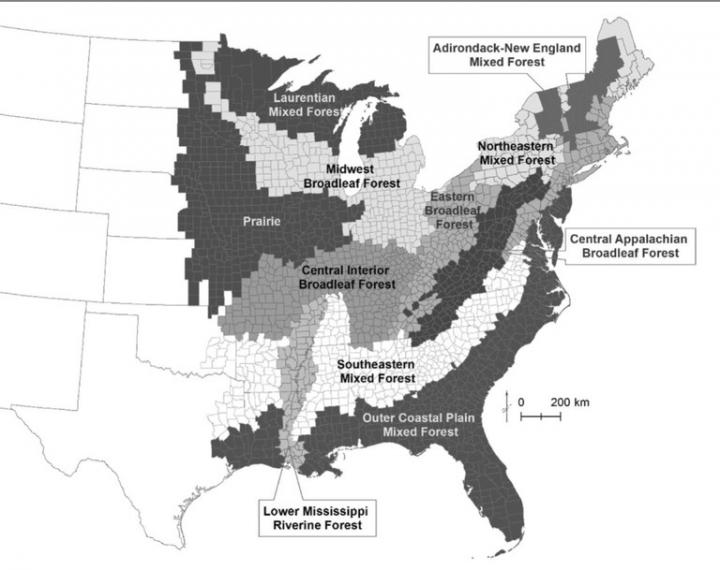
news, journals and articles from all over the world.

Selective browsing by white-tailed deer has been blamed by many for changing the character and composition of forest understories in the eastern U.S.; however, its impact on the forest canopy was previously unknown. Now, a new study led by a…
Researchers from Sweden, Germany, Brazil and the USA have developed a financial mechanism to support the protection of the world’s natural heritage. In a recent study, they developed three different design options for an intergovernmental biodiversity financing mechanism. Asking what…

Loss of species may have greater ecological impact than previously thought
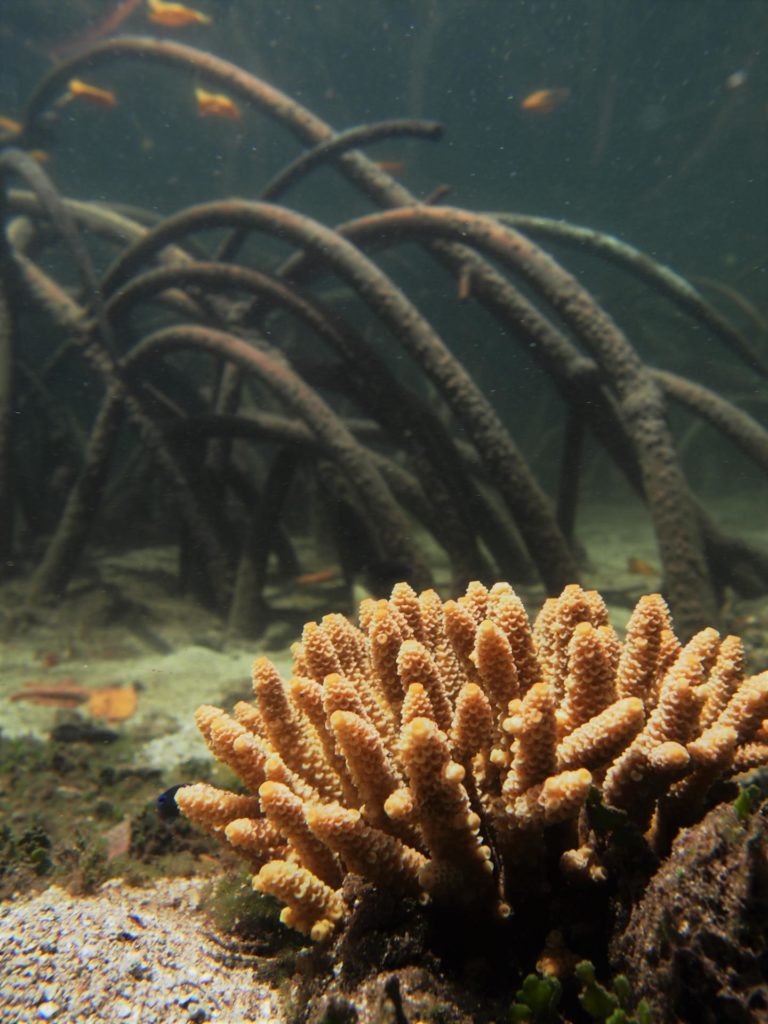
The first documented discovery of ‘extreme corals’ in mangrove lagoons around Australia’s Great Barr
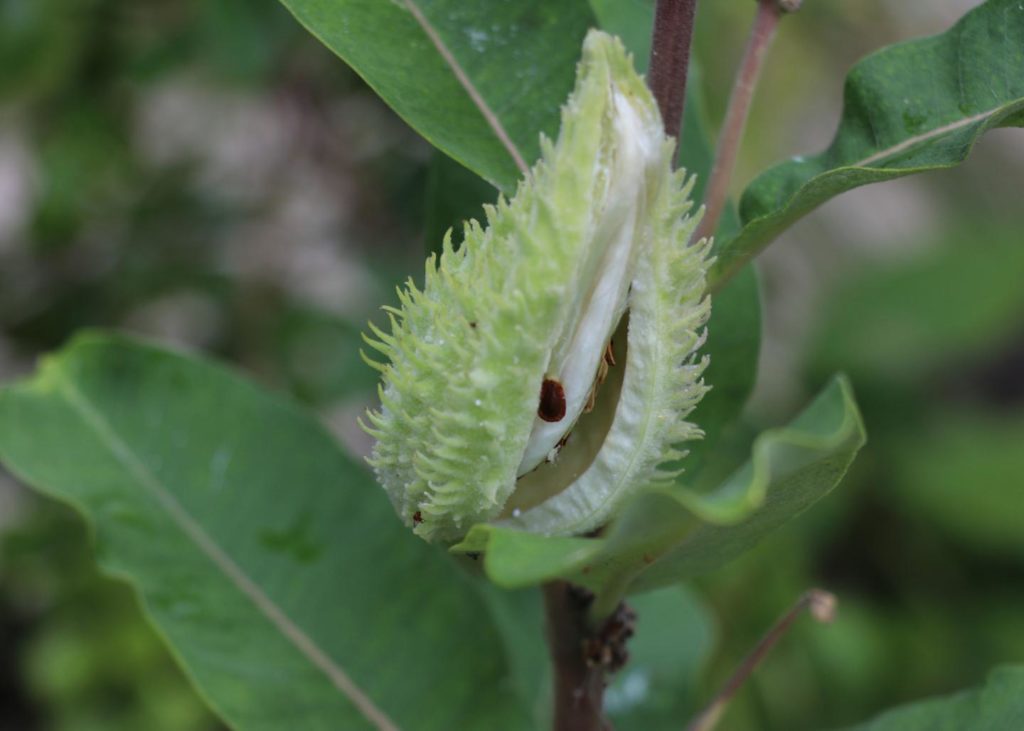
Temperate grasslands are the most endangered but least protected ecosystems on Earth. Grassland restorations are crucial for recovering this important but highly degraded ecosystem. Restored grasslands, however, tend to be more species poor and lose diversity through time as compared…
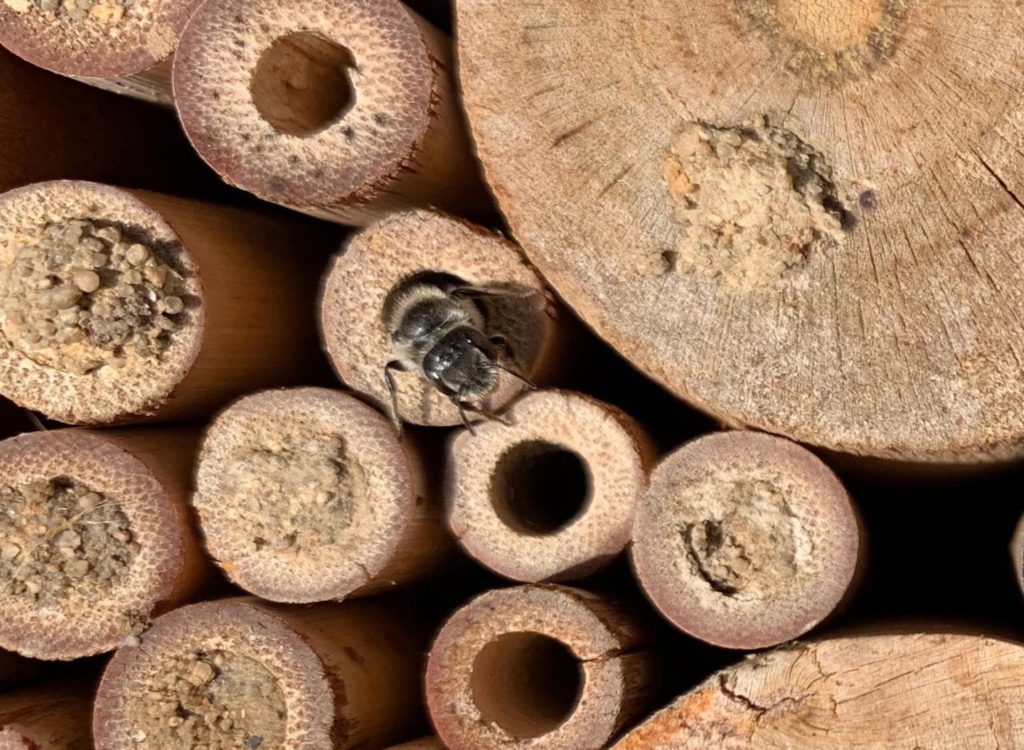
An apple plantation in spring. The trees are in full bloom. But to ensure that they also yield in autumn, workers have to do a real fluff job for weeks: each individual flower is manually pollinated with brushes – because…
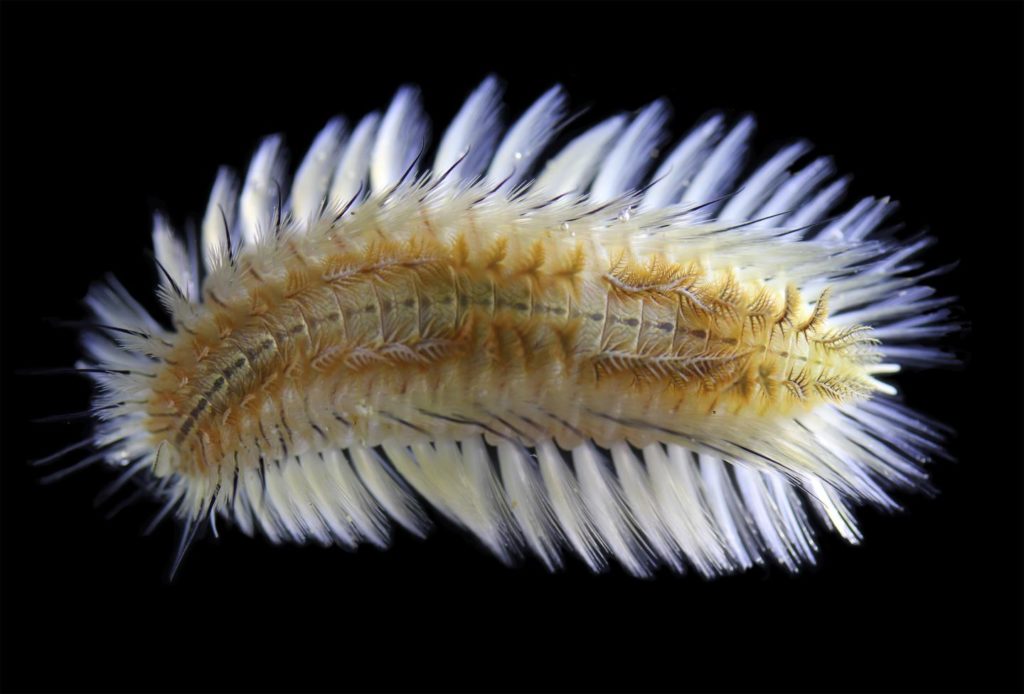
A group of biologists from Hong Kong Baptist University (HKBU) have discovered a new fireworm species in Hong Kong waters and named it Chloeia bimaculata . It is the fourth named species to be added to the fireworm genus Chloeia…

EAST LANSING, Mich. – Faculty from Michigan State University received a $3.3 million grant from the National Institutes of Health for an experiment to improve the health of Detroit’s residents by cultivating green spaces in the city. Amber Pearson, assistant…
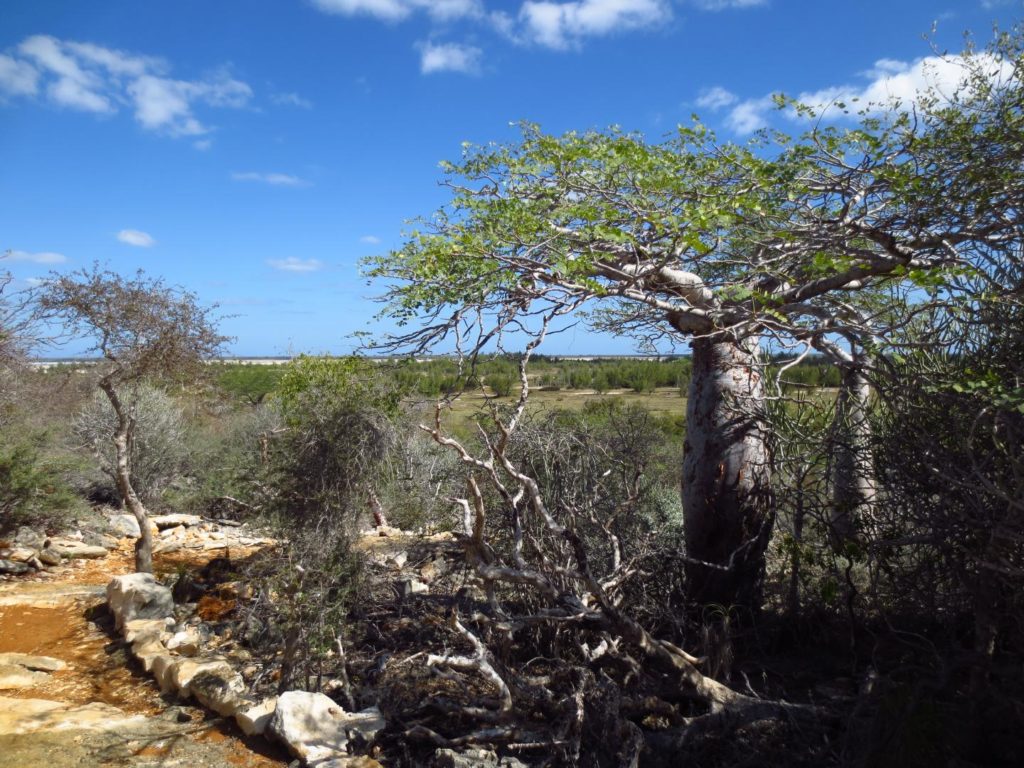
Conventional management indicators do not show the whole picture of deforestation
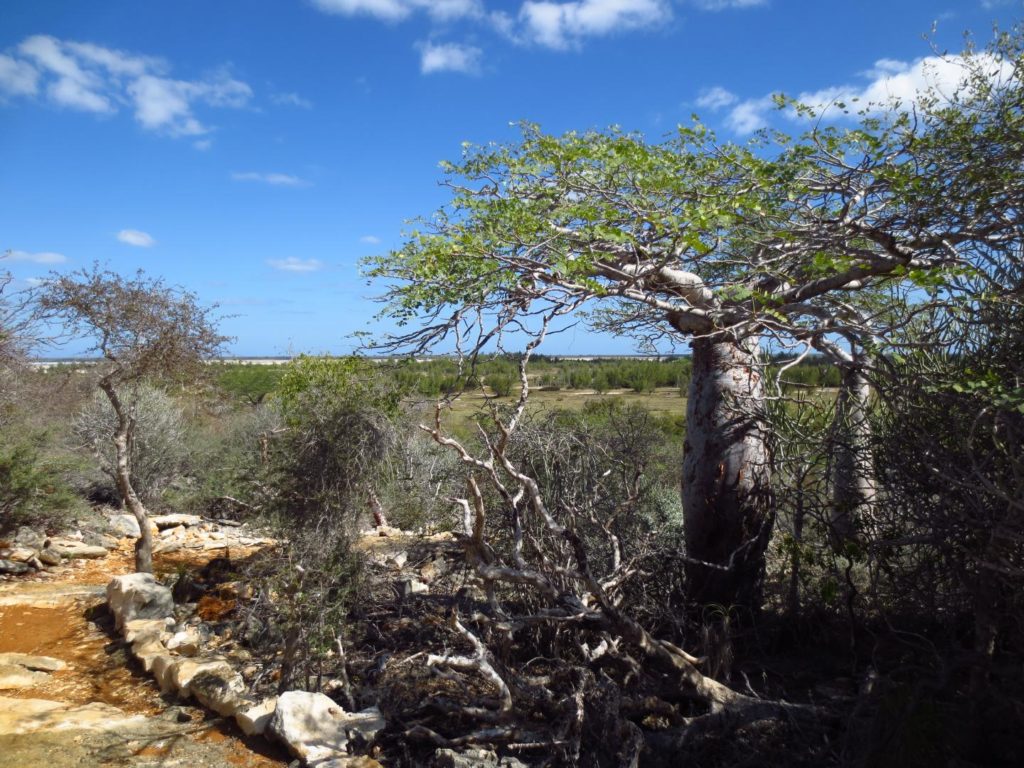
Conventional management indicators do not show the whole picture of deforestation

After successfully harvesting 10 eggs from the world’s last two northern white rhinos, Najin and Fatu, on August 22nd in Kenya, the international consortium of scientists and conservationists announces that 7 out of the 10 eggs (4 from Fatu and…
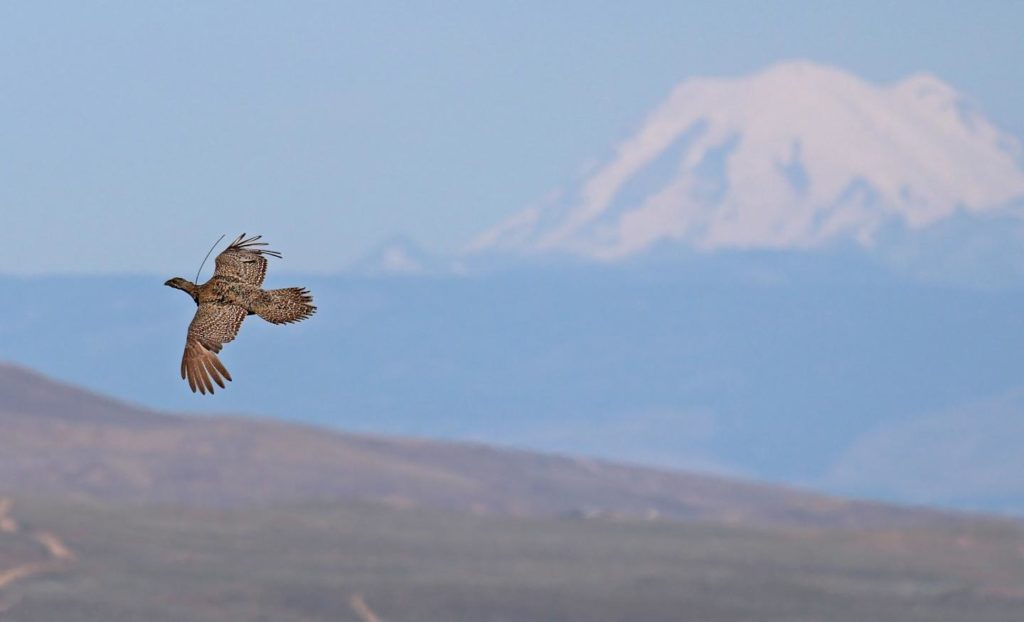
Moving can be tough, but eventually most of us acclimate to new surroundings. That’s true for humans, and research from Washington State University shows it’s the same for sage-grouse too. A team of scientists successfully moved sage-grouse, a threatened bird…
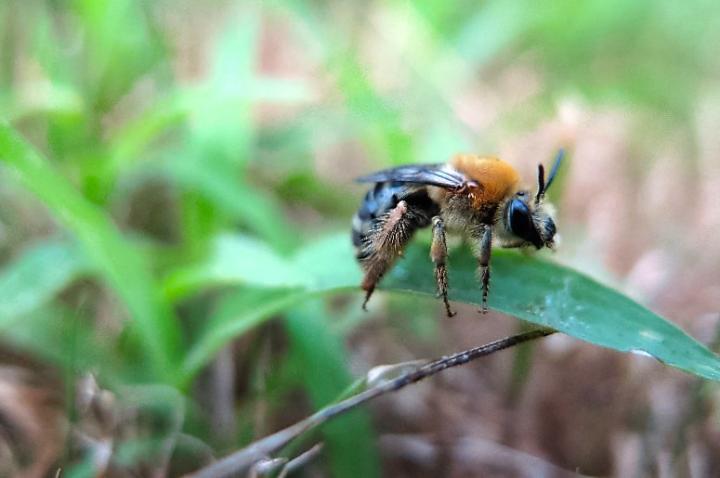
In a first-ever study investigating the risk of neonicotinoid insecticides to ground-nesting bees, University of Guelph researchers have discovered at least one species is being exposed to lethal levels of the chemicals in the soil. Examining the presence of these…

The evolutionary process that occurs when a species colonizes a new environment provides an opportunity to explore the mechanisms underlying genetic adaptation, which is essential knowledge for understanding evolution and the maintenance of biodiversity. An international team of scientists, led…
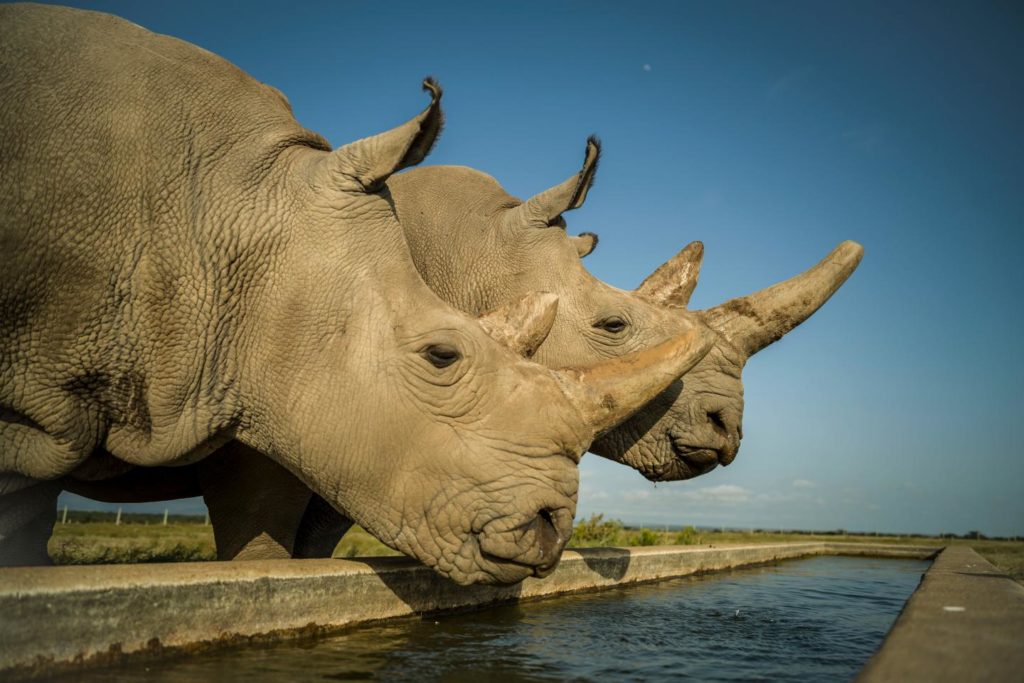
There are only two northern white rhinos left worldwide, both of them female. Saving this representative of megafauna from extinction seems impossible under these circumstances, yet an international consortium of scientists and conservationists just completed a procedure that could enable…
Museum collections reveal the new leech has hidden in plain sight for decades
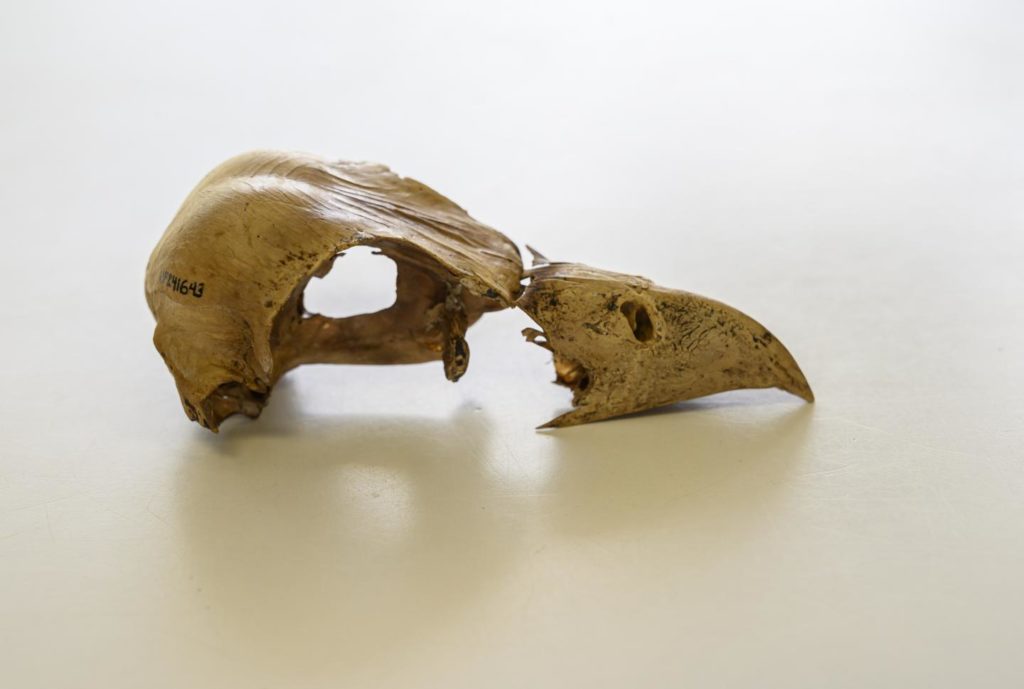
GAINESVILLE, Fla. — Scientists have recovered the first genetic data from an extinct bird in the Caribbean, thanks to the remarkably preserved bones of a Creighton’s caracara from a flooded sinkhole on Great Abaco Island. Studies of ancient DNA from…
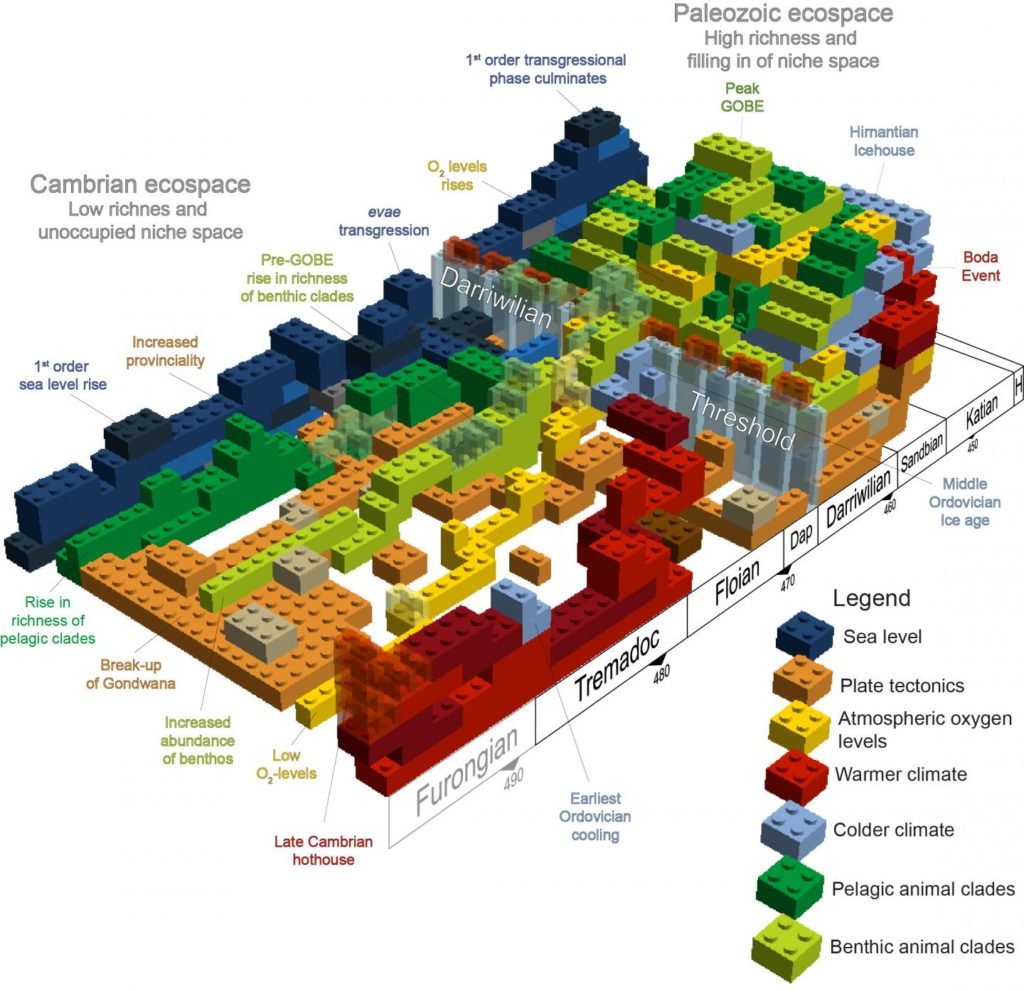
Ohio University researcher publishes landmark review of the Great Ordovician Biodiversification Even
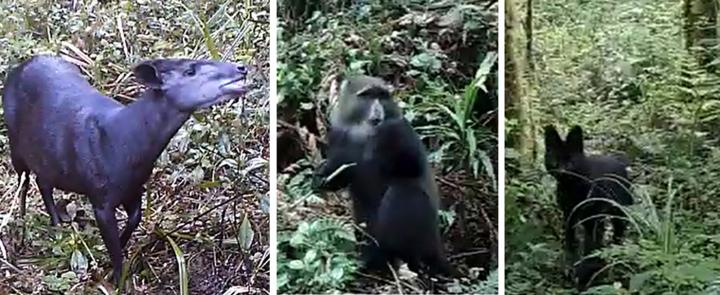
Tanzania is home to a very elusive antelope species that cannot be found anywhere else in the world. According to the Red List, it can be classified as endangered. The first photograph of one of these antelopes was taken by…
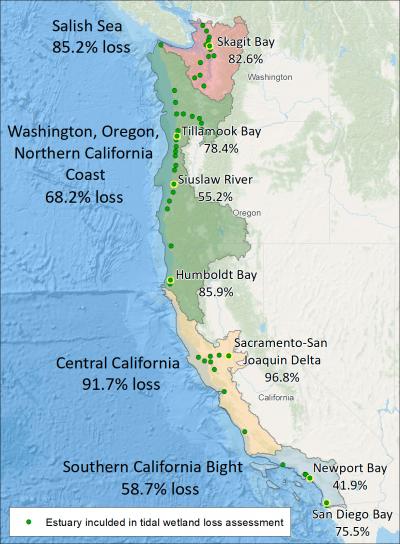
Research highlights potential for restoration of important habitats
Flashlight fish use their bioluminescent organs to school at night – and only a few need actively flash to maintain the group, according to a study published August 14, 2019 in the open-access journal PLOS ONE by David Gruber from…

Swiss scientist is honored for his work on the global predation impact of insectivorous birds
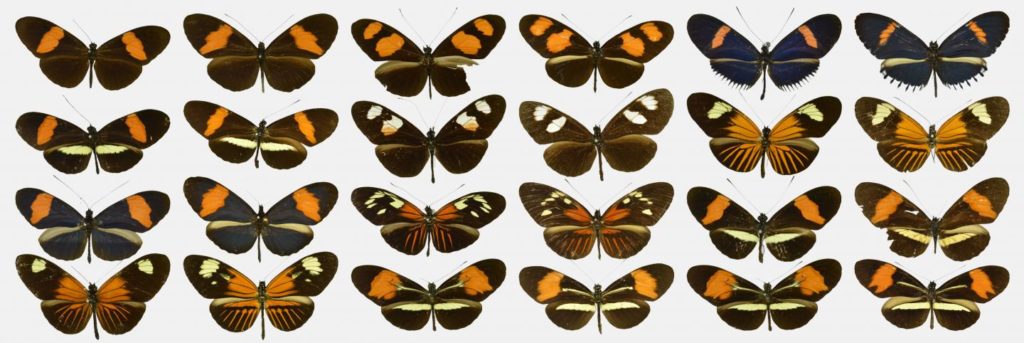
Researchers have used artificial intelligence to make new discoveries, and confirm old ones, about one of nature’s best-known mimics, opening up whole new directions of research in evolutionary biology. The researchers, from the University of Cambridge, the University of Essex,…
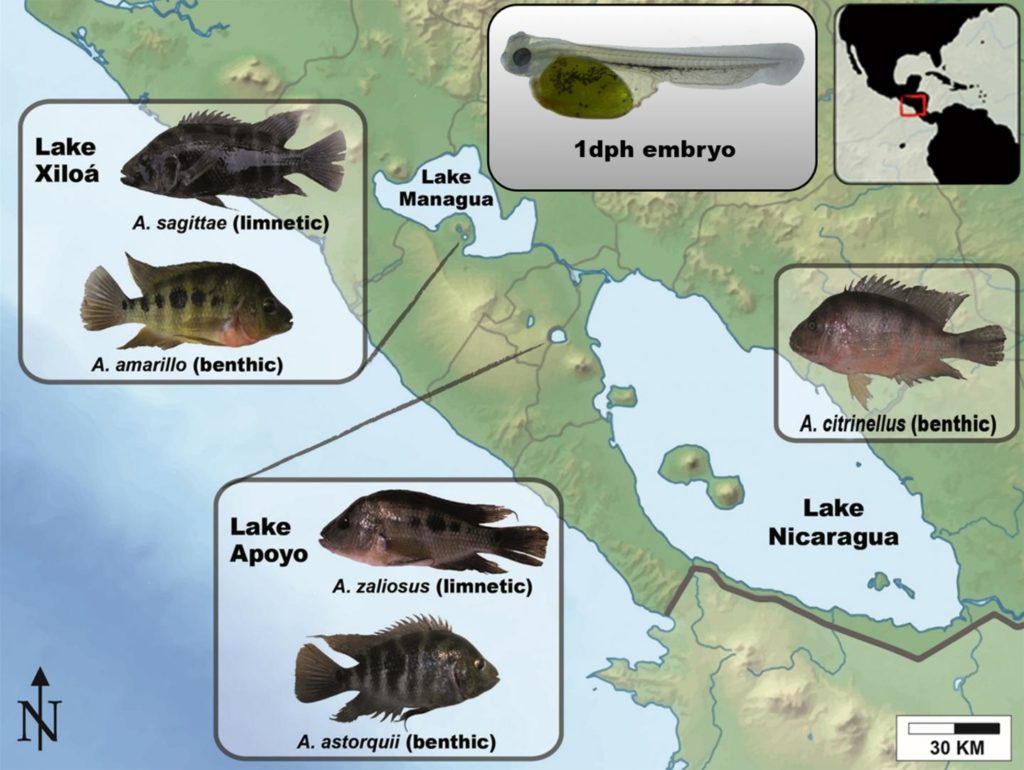
The mechanisms by which new species arise are still not fully understood. What are the evolutionary processes that drive the evolution of new species? Evolutionary biologists traditionally assumed that geographical barriers between animal populations play a decisive role (allopatric speciation):…
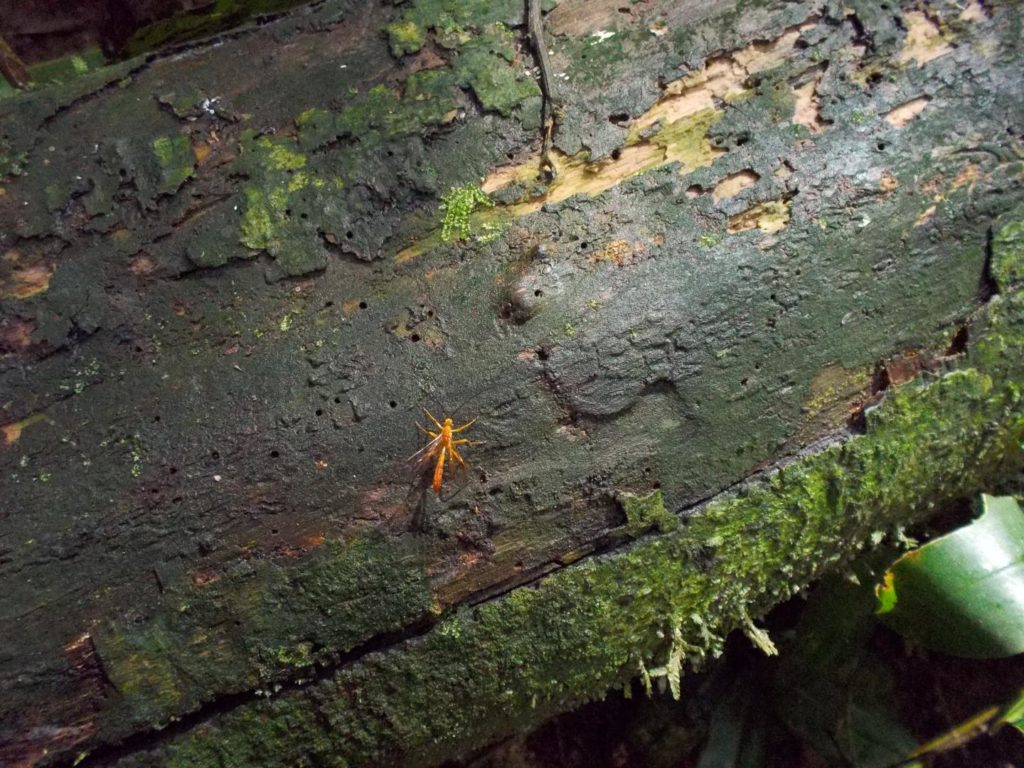
The diversity and ecology of African parasitoid wasps was studied for over a year during a project run by the Biodiversity Unit of the University of Turku in Finland. Parasitoid wasps are one of the animal groups that are the…
New Brunswick, N.J. (Aug. 8, 2019) – Rutgers University–New Brunswick Professor Pamela McElwee is available to comment on the United Nations report released today on Climate Change and Land that she co-authored. McElwee, an associate professor in the Department of Human…